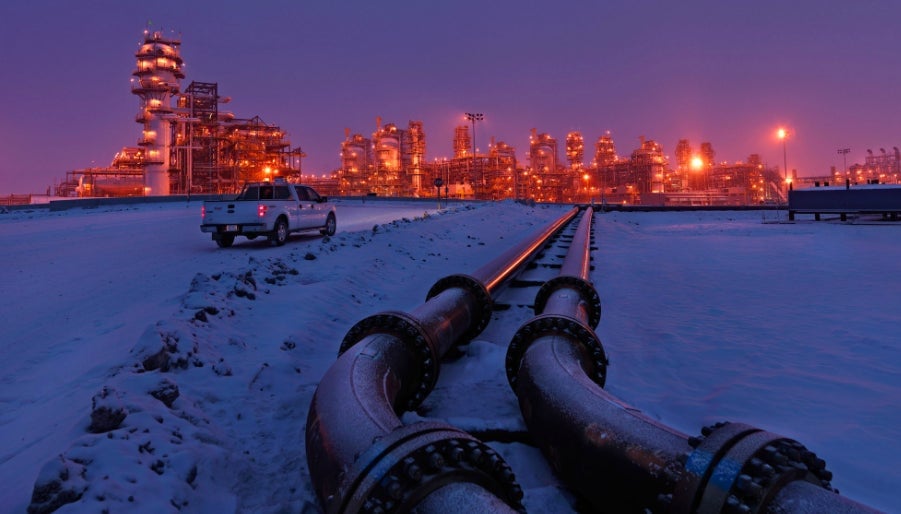Exxon has wiped a whopping 19.3% of its oil reserves off its books
ExxonMobil has taken a big hit to one of the pillars underlying its decades of braggadocio: its oil reserves.


ExxonMobil has taken a big hit to one of the pillars underlying its decades of braggadocio: its oil reserves.
In an announcement today, Exxon said it had written down its proven oil reserves by a massive 19.3%, a stinging reduction to what is a primary measure of any oil company’s value. As of the end of 2016, Exxon had 20 billion barrels in proven reserves, compared with 24.8 billion a year earlier. This includes the erasure of all 3.5 billion barrels of Exxon’s proven oil sands reserves at Canada’s Kearl field. Last year’s low oil prices made it uneconomical to drill at Kearl, which had been at the core of Exxon’s growth strategy.
In addition, for the second straight year, Exxon failed to replace all the reserves it pumped—in 2016, it replaced just 65% of its produced reserves. In 2015, it replaced just 67%. Prior to these years, Exxon had replaced at least 100% of its production every year since 1993.
As bad as that was, it was expected: Exxon had signaled that it would write down reserves in 2016, and analysts had expected the company not to replace what it pumped.
What wasn’t anticipated was the impact on Exxon’s vaunted longer-term performance. Almost every year, when Exxon announces its earnings, dividend payouts, reserve replacement results—and nearly any other important annual result—it throws in its 10-year record in the respective category to demonstrate its steady, reliable hand on the tiller.
This time, bringing up the 10-year record backfired: The replacement failures of the last two years and the 2016 writedown punched a hole in Exxon’s vaunted 10-year reserves replacement average—it plunged to 82% in 2016, from 115% a year earlier.